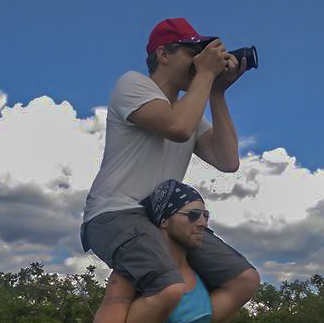philosophy
Why I do what I do.
"Open science" is just science.
There are two parts to science. First, science is the process of verifiable data collection. Second, science is the process of verifiable explaining of the data. In both steps, a key ingredient is: science must be verifiable. That is why “open science” is simply science–if you can’t verify the data collection nor analysis, then it’s not science.
All data and all analyses must be open. Simply making them available is not enough; they must be properly documented. The need for public, documented access to data led me to create the nidata project.
Even science needs data scientists... and so I am one.
Computational modeling is the battlefield where ideas compete. They take the unscientific words of a pet theory and turn them into numbers. This is called "operationalization”, and it is the lifeblood of science. While it’s possible to describe a model in words–-and in the social sciences, people frequently do–-it is also possible that the idea doesn't actually work.
When I started doing cognitive modeling of with Gary Cottrell and Janet Hsiao in 2008, I immediately noticed: in science, there is much more data than there are explanations. Instead of explaining all of the data, most scientists focus on collecting new data. Given the data deluge and frequent lack of rigorous explanations for the data, I vowed never to collect data.
I spend my time building models that account for as much of the data as possible. This is hard--scientists are notorious for their poor data sharing practices. I have been scraping data since I founded DODTracker.com; in my research, I've scraped figures from papers to get data and helped build public access to neuroscience datasets to make this all happen.
As it turns out, this has been coined "data science". I think I'm a data scientist!
It's not "open" unless it's well-communicated.
One reason that science communication is so important: in addition to providing access to raw data and analysis scripts, opening one’s work up to verification requires communicating what you did, why you did it, and what the results are. The better these are communicated, the more easily other scientists can try to validate what was done.

